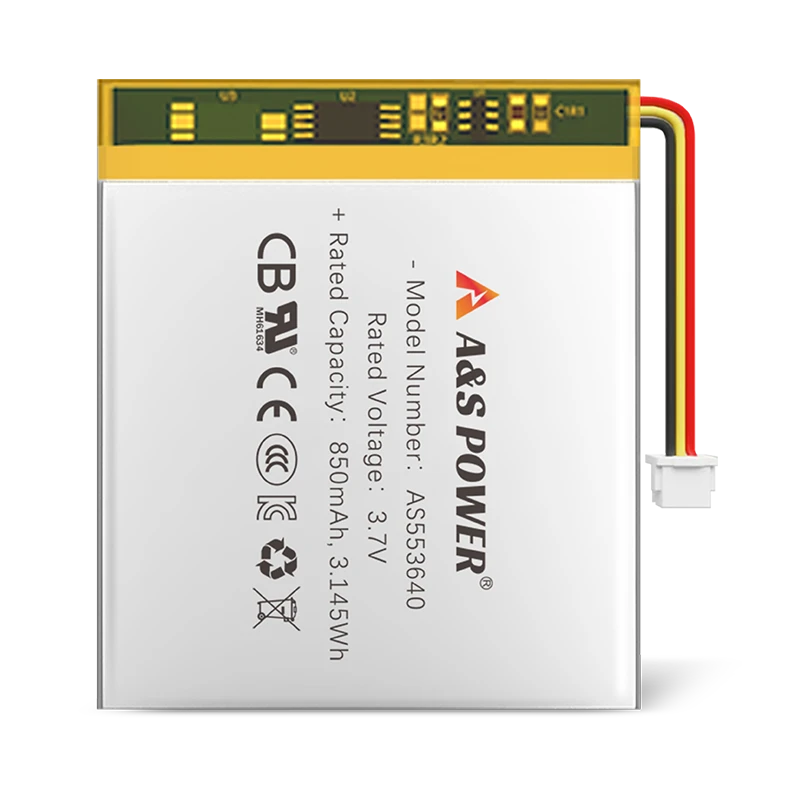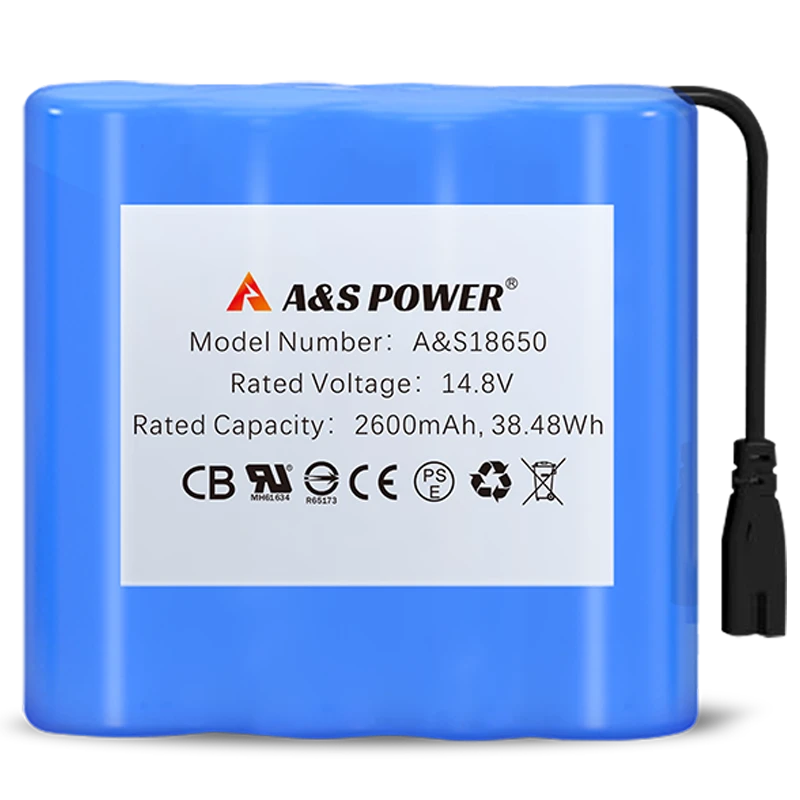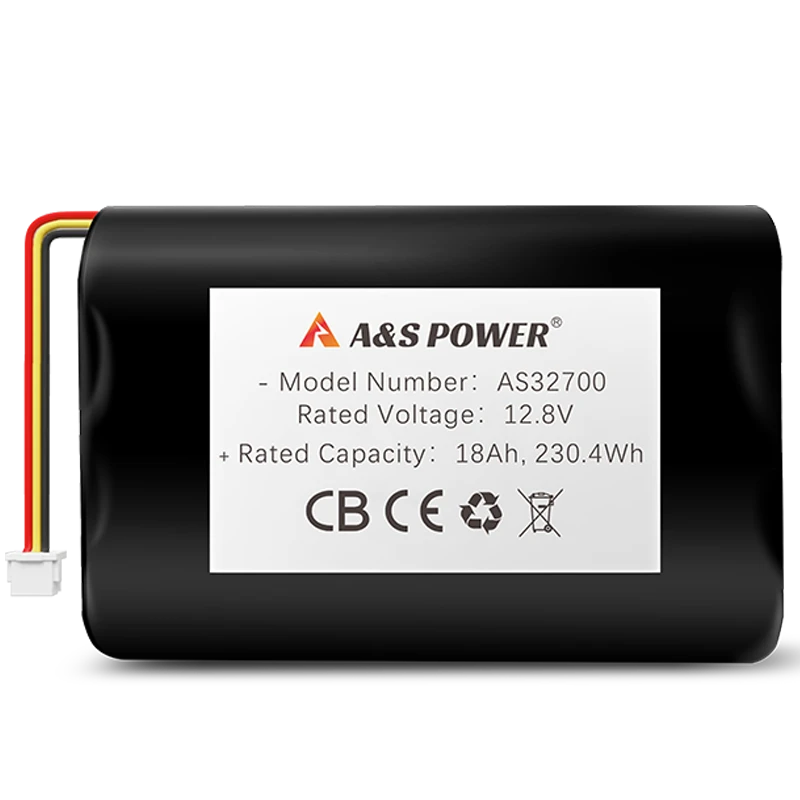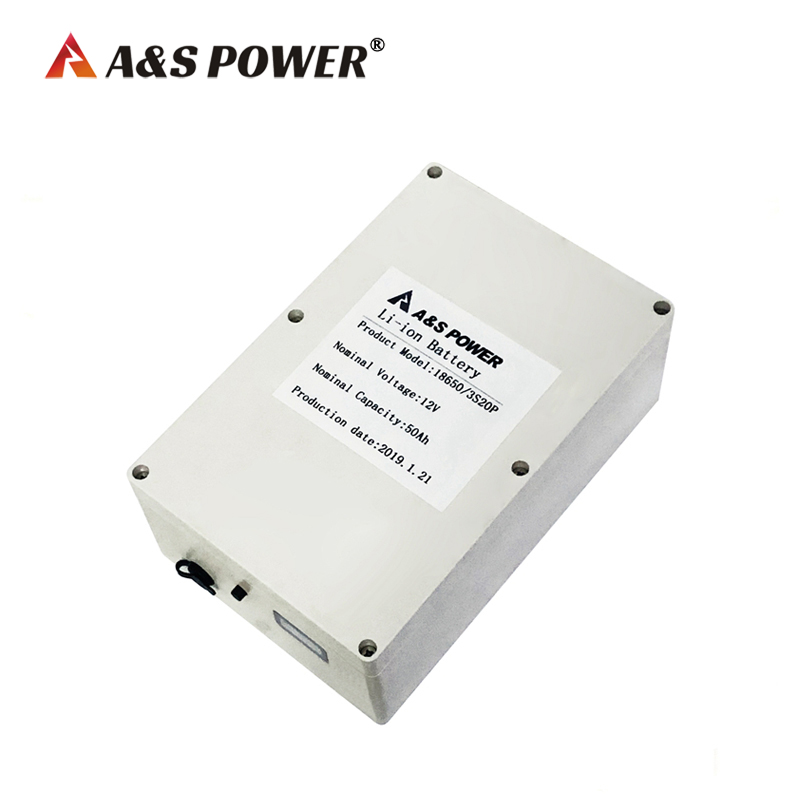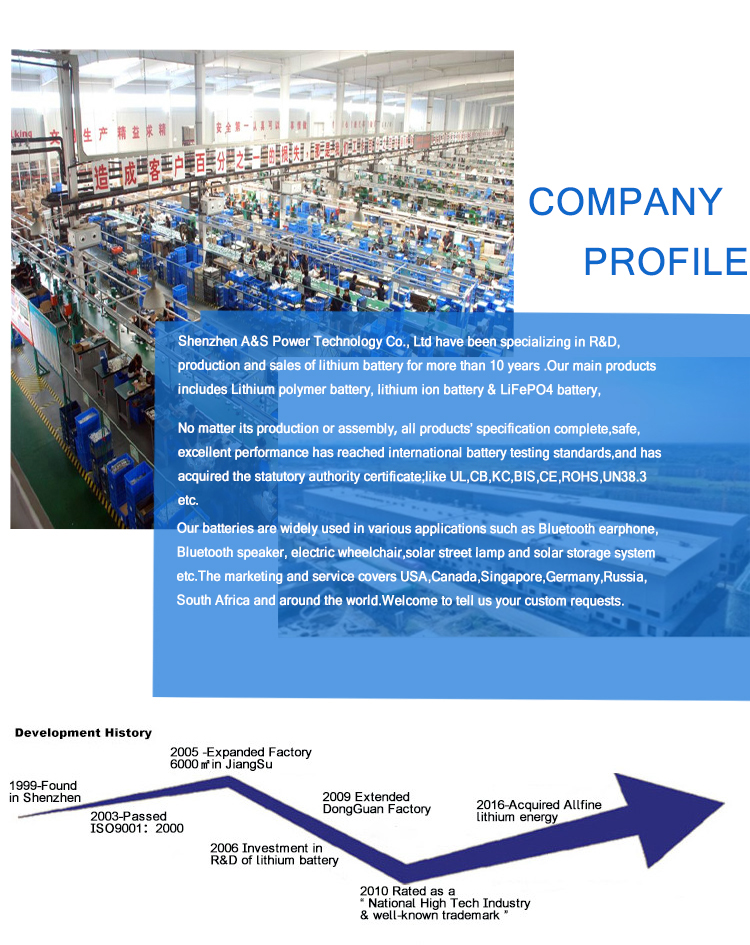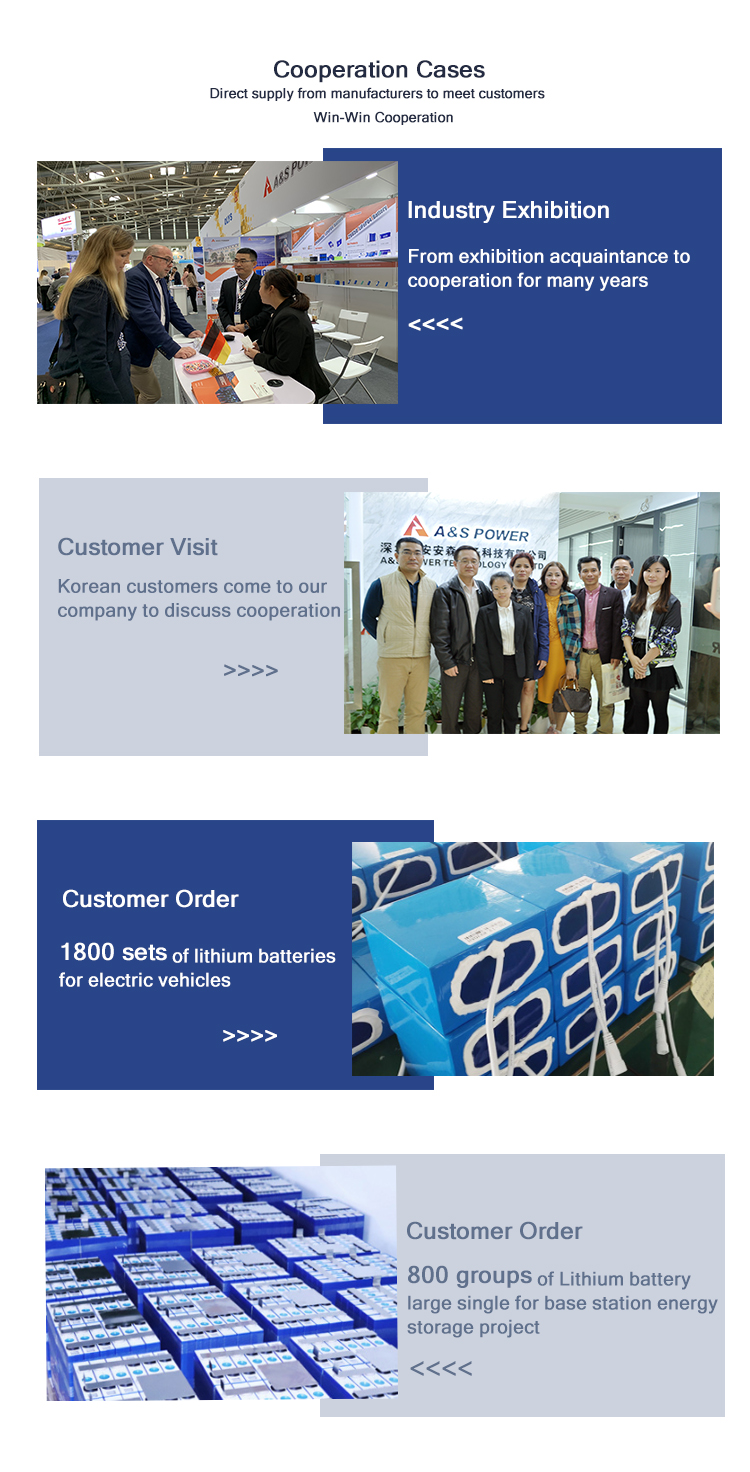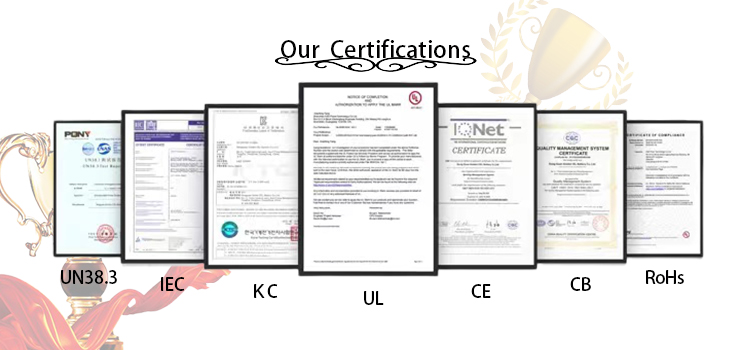Lithium Ion 12v Car Battery: Revolutionizing Automotive Power with Efficiency and Reliability
As the automotive industry transitions to sustainable energy, 12V lithium-ion automotive batteries are replacing traditional lead-acid systems as a lightweight, high-performance power solution. The global electric vehicle market is expected to reach $980 billion by 2030, and lithium battery technology covers a wide range of models, from passenger cars to electric scooters, with 5x lifespan, 50% weight reduction, and fast charging capabilities. This guide analyzes the engineering principles, industry applications, and procurement strategies of this $28 billion market to help companies deploy next-generation energy storage.
Engineering Advantages Over Lead-Acid Batteries
1. Lightweight Design and Energy Density
Lithium-ion 12V batteries weigh 60–70% less than lead-acid equivalents—typical 12V 100Ah lithium variants weigh 12.4kg versus 30kg for lead-acid
. This reduction improves vehicle efficiency:In terms of fuel savings, internal combustion engine fuel consumption is reduced by 3–5%,In terms of range extension, every 10kg weight loss can increase the range of electric vehicles by 10–15km, in terms of space optimization, compact EV designs (such as Tesla structural battery packs) save 40% of space.
The 250–300 Wh/kg energy density of NMC (LiNiMnCoO₂) chemistry enables higher power in minimal space, critical for modern automotive electronics
.
2. Lifespan and Charging Efficiency
Table: Performance Comparison (12V 100Ah Models)
| Parameter | Lithium-Ion | Lead-Acid | Improvement |
|---|---|---|---|
| Cycle Life (80% DoD) | 3,000–5,000 cycles | 300–500 cycles | 10× |
| Charging Time | 2–3 hours | 8–10 hours | 70% faster |
| Self-Discharge/Month | 2–3% | 15–20% | 85% less |
| Operating Temperature | -20°C to 60°C | 0°C to 40°C | Wider range |
| Source: Industry Benchmarking (2025) |
Built-in Battery Management Systems (BMS) prevent overcharge/over-discharge, sustaining 95% capacity after 1,200 cycles
. For example, ECO-WORTHY’s 12V 20Ah LiFePO4 battery achieves a 10-year lifespan with <3% monthly self-discharge .
3. Cold Weather and Safety Performance
Lithium iron phosphate (LiFePO4) chemistry excels in extreme conditions:
- -20°C Operation: Retains 80% capacity using electrolyte additives
- Thermal Stability: LiFePO4 withstands >200°C versus NMC’s 180°C thermal runaway threshold
- Integrated Protections: BMS with short-circuit/over-current cutoff (e.g., SPARKOLE’s smart chip) ensures safety in automotive vibrations .
Sector-Specific Applications
1. Electric and Hybrid Vehicles
- EV Auxiliary Systems: Powers lights, infotainment, and HVAC in Tesla/Rivian models, reducing main pack load .
- Start-Stop Technology: 100Ah LiFePO4 batteries (e.g., ENIKOL ESK1210P) endure 5× more engine restarts than AGM lead-acid .
- E-Scooters/Golf Carts: 48V–72V LiFePO4 packs deliver 40–60km range at 30% lower weight .
2. Renewable Integration and Off-Grid Systems
Solar-compatible lithium batteries like ENIKOL’s 12V 200Ah LiFePO4 offer:
- 98% Round-Trip Efficiency for solar storage versus 80% in lead-acid
- Parallel/Series Scalability: 10kWh systems built from 8× 12V 100Ah units
- UPS Backup: 500-cycle lifespan reduces data center downtime costs by 37% .
3. Marine and RV Applications
Waterproof 12V lithium packs (IP67-rated) dominate marine markets due to:
- Vibration Resistance: Withstand 20–2,000 Hz mechanical stress per IEC 62619
- Zero Maintenance: No acid leaks or watering vs. flooded lead-acid
- Deep-Cycle Endurance: LiFePO4 supports 100% DoD without damage (e.g., ECO-WORTHY marine batteries) .
Procurement and Implementation Strategies
1. Specification Guidelines
Table: Capacity Selection by Vehicle Type
| Vehicle | Recommended Capacity | Voltage | Key Certifications |
|---|---|---|---|
| Passenger Sedans | 40–60Ah | 12V | UL 1642, IEC 62133 |
| E-Scooters | 20–30Ah | 48V | QCVN 91:2019, UN38.3 |
| Marine/RVs | 100–200Ah | 12V/24V | IP67, UL 1973 |
| Solar Backup | 100Ah+ | 12V/48V | IEC 62619, GB 31241 |
| Source: Global Compliance Standards (2025) |
2. OEM Customization and Compliance
- Chemistry Options: NMC for energy density (250Wh/kg) or LiFePO4 for safety (>2,000 cycles)
- BMS Firmware: Bluetooth SOC monitoring (±1% accuracy) for predictive maintenance
- Certifications: Prioritize UN38.3 (transport), IEC 62619 (industrial), and region-specific mandates (e.g., GB 38031 for China) .
3. Total Cost of Ownership (TCO)
Lithium-ion’s 10-year lifespan delivers 40–60% lower TCO despite higher upfront costs:
| Cost Factor | 12V 100Ah LiFePO4 | Equivalent Lead-Acid |
|---|---|---|
| Unit Price | 200–450 | 120–180 |
| Replacement Cycles (10 yrs) | 1 | 3–4 |
| Energy Losses | 2% | 20% |
| Maintenance | $0 | $150 |
| Data: ENIKOL/Pinsheng Energy (2024) |
Future Innovations and Market Outlook
1. Solid-State and Silicon-Anode Tech
- Solid-State Packs: QuantumScape’s 2027 prototypes eliminate liquid electrolytes, boosting safety
- Silicon-Dominant Anodes: Increase capacity to 150Ah (from 100Ah) with 5000+ cycles .
2. Regulatory Shifts
- EU Battery Regulation (2026): Mandates 70% recycled cobalt and carbon footprint labels
- Smart BMS Integration: IEC 62933-5-2 updates for AI-driven health monitoring .
Lithium Ion 12v Car Battery
lithium ion battery 12v 50ah rechargeable batteries
|
NO.
|
Item |
Specifications |
|
4.1 |
Nominal capacity |
50Ah 0.2C Discharge |
|
min capacity |
48Ah 0.2C Discharge |
|
|
4.2 |
Nominal voltage |
11.1V |
|
4.3 |
Charge current |
Standard Charge :0.5C |
|
4.4 |
Standard Charging method |
0.5C CC(constant current)charge to 4.2V, then CV(constant voltage 4.2V)charge till charge current decline to ≤0.01C |
|
4.5 |
Charging time |
Standard Charging Approx 5 hours Approx 2 .5hours |
|
4.6 |
Max.charge current |
Constant Current 1C5A Constant Voltage 4.2V 0.01 C5A cut-off |
|
4.7 |
Max.discharge current |
Constant current 1.0C5A end voltage3.0V |
|
4.8 |
Standard Discharge Current |
Constant current 0.2 C5A end voltage3.0V |
|
4.9 |
Discharge cut-off voltage |
9.0V |
|
4.10 |
Charge cut-off Voltage |
12.6V |
|
4.11 |
Initial Impedance |
≤100mW |
|
4.12 |
Weight |
Approx:1000g |
|
4.13 |
Operating temperature |
Charging: 0℃~45℃ Discharging:-20℃~60℃ |
|
4.14 |
Storage temperature |
-5℃~35℃ |
|
4.15 |
Storage Humidity |
≤75% RH |
|
4.16 |
Appearance |
Without scratch,distortion,contamination and leakage |
Art No :12v-50ah
Material:lithium ion battery
Size : 197*165*170 mm
Weight: 5.7Kg
- Description :
Model:AS18650-50ah
Voltage:11.1V/12V
Capacity:50ah
Cycle life:over 500times
Delivery time:3-4 weeks
-

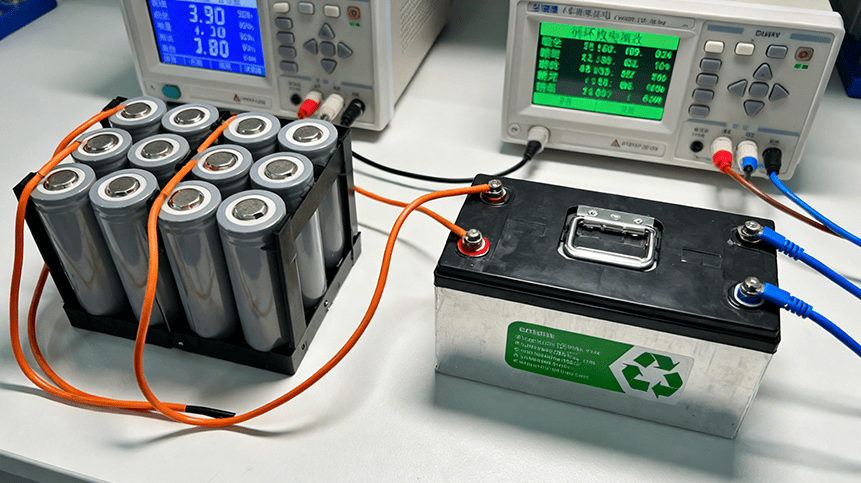 May.2025.11.24Ternary Lithium Battery vs Lithium-ion: Complete Comparison Guide (2025 Edition)Learn More
May.2025.11.24Ternary Lithium Battery vs Lithium-ion: Complete Comparison Guide (2025 Edition)Learn More -

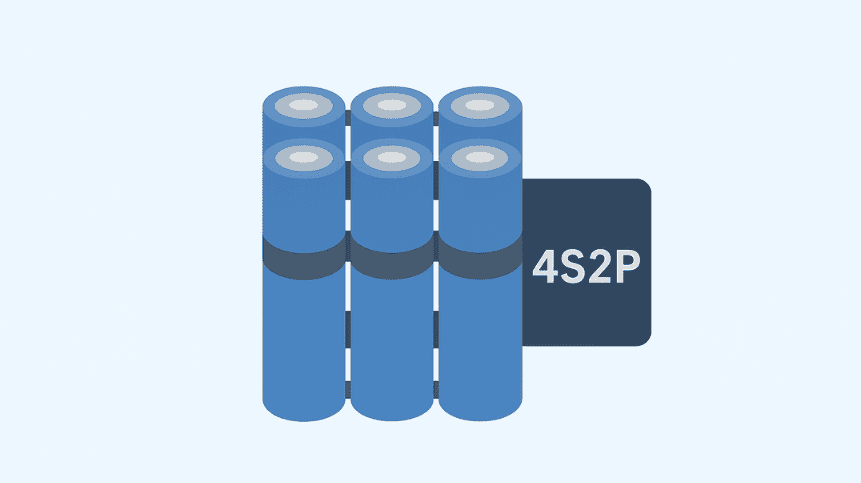 May.2025.11.214S2P 18650 14.8V Battery: Complete Technical Guide, Specs, Applications & SafetyLearn More
May.2025.11.214S2P 18650 14.8V Battery: Complete Technical Guide, Specs, Applications & SafetyLearn More -

 May.2025.11.18PCM vs BMS in Lithium Batteries: What’s the Difference and Which One Do You Need?Learn More
May.2025.11.18PCM vs BMS in Lithium Batteries: What’s the Difference and Which One Do You Need?Learn More -

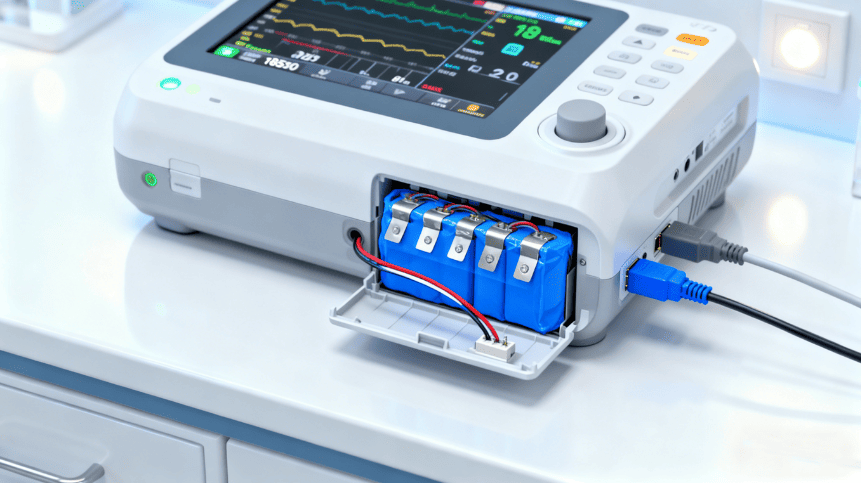 May.2025.11.17Custom Li-ion Battery Design for Medical Devices (2025 Comprehensive Guide)Learn More
May.2025.11.17Custom Li-ion Battery Design for Medical Devices (2025 Comprehensive Guide)Learn More -

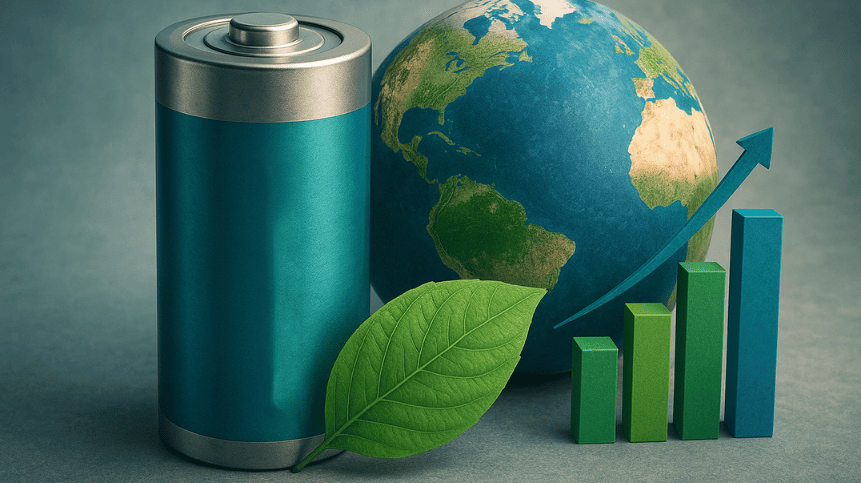 May.2025.11.17The Future of Lithium-Ion Batteries: Innovation, Sustainability, and Global Market TrendsLearn More
May.2025.11.17The Future of Lithium-Ion Batteries: Innovation, Sustainability, and Global Market TrendsLearn More




